Zero calories / zero glycemic index
safe for diabetics, keto, weight-loss seekers.
Just rebranded sugar?

Agave syrup lives off a health halo it doesn’t deserve.
On paper it’s “natural,” “low GI,” “vegan,” “diabetes-friendly.”
Biochemically it’s a high-fructose industrial syrup that behaves a lot like HFCS – and in some cases, worse.
Let’s stay tight on the data.
Agave syrup (a.k.a. agave nectar) is made from the sap of agave plants (often Agave tequilana). Production is basically:
Composition (approximate, varies by brand):
So under the hood, agave isn’t some magical cactus honey. It’s a fructose-heavy syrup, often higher in fructose percentage than HFCS, depending on the product.
This is the hook everyone gets sold.
Why is it so low?
This is the key misunderstanding:
Low GI ≠ metabolically harmless. It just means less immediate blood-glucose rise, not “no downstream damage.”
You’re basically swapping:
The agave issue is fundamentally a fructose issue.
Modern reviews are blunt:
A 2022 review specifically on agave syrup:
This lines up with broader data:
So if you take a syrup:
…then “low GI” doesn’t look like a win. You’ve simply shifted the damage from blood glucose volatility to liver overload and triglyceride production.
Main pro-agave talking points:
Reality check from mainstream sources:
WHO & major guideline bodies:
Agave is firmly in the “free sugar” bucket. Low GI doesn’t exempt it.
Rough comparison on fructose %:
So depending on the product, your “healthier agave” can be:
A higher-fructose syrup than HFCS, marketed as clean and diabetes-friendly because it flattens the 1-hour glucose curve.
Calorically:
From a liver/metabolic standpoint, this is not an upgrade. If anything, heavy agave use is an elegant way to overdose the liver on fructose while feeling virtuous.
The honest answer:
A 2022 review on agave summarized the tension well:
For someone dealing with:
agave is misaligned with the actual goal (reduced hepatic load + reduced free sugar intake), even if it doesn’t spike blood glucose as quickly as sugar.
Important nuance so the “fructose” discussion stays honest:
Most of the literature hammering fructose risk is about added fructose (sugar, HFCS, syrups) in beverages and processed foods – not whole fruit.
Agave squarely belongs with the added fructose group, not with an apple.
Now the contrast with what you’re anchoring around.
General monk fruit data:
MonkVee’s formulation advantages:
General stevia data:
MonkVee’s advantage:
From a systems point of view:
If the only question is:
“Does agave spike blood sugar less than table sugar on a GI chart?”
Then yes, it does.
If the question is:
“Is agave a good sweetener for long-term liver, metabolic, and cardiometabolic health – especially compared to monk fruit and stevia?”
The evidence says no:
From a high-standards, evidence-driven perspective, agave syrup is not a health sweetener. At best it’s a rebranded sugar, arguably more problematic per gram of fructose than sucrose.
If you’re designing serious metabolic nutrition, the hierarchy is straightforward:
That’s the difference between doing “less bad sugar” and actually stepping off the added-sugar axis.
| Sweetener | Sweetness Level vs Sugar | Calories per Teaspoon | Glycemic Index | Aftertaste / Fillers | Verdict |
|---|---|---|---|---|---|
| Table Sugar | 1x | 16 | 65 | No fillers, but addictive | Tastes good, but fuels cravings & crashes |
| Pure Monk Fruit (MonkVee) | ~150x sweeter | 0 | 0 | No fillers, clean taste | Best sugar alternative – clean, natural, zero glycemic impact |
| Stevia | ~300x sweeter | 0 | 0 | No fillers, MonkVee has no aftertaste | Pure Stevia is a great option like Pure Monk Fruit |
| Coconut Sugar | 1x | 15 | 54 | No fillers, but still sugar | Marketed as “healthy,” but still raises blood sugar |
| Agave | 1.5x | 15 | 10–20 | No fillers, but high fructose | Lower GI, but high fructose load |
| Maple Syrup | 1x | 15 | 54 | Natural, but still sugar | Delicious, but not a real sugar-free alternative |
Millions of Americans are waking up to the processed sugar epidemic. Don’t be the last one stuck with the crash, bloat, and regrets — when MonkVee makes the swap easy.
Monk fruit, also known as Luo Han Guo, is a small melon native to southern China. For centuries, Buddhist monks used it as a medicinal tea for longevity and wellness. Its sweetness comes from mogrosides — unique antioxidant compounds up to 150–300× sweeter than sugar, but with zero calories and no glycemic impact.
At MonkVee, we deliver both pure monk fruit extract and pure stevia leaf extract — no erythritol, maltodextrin, or fillers. For those who enjoy blends, we also craft monk fruit + erythritol sweeteners that bake, brown, and caramelize just like sugar.
| Sweetener | Calories (per tsp) | Other Nutrition Claims | Reality Check |
|---|---|---|---|
| Table Sugar (cane) | ~16 | “Energy source” | Empty calories, high glycemic load |
| Coconut Sugar | ~16 | Lower GI, contains minerals | Still mostly sucrose |
| Date Sugar | ~15 | Made from dried dates | Still sugar, high calorie |
| Agave Nectar | ~20–21 | Low GI | High fructose load |
| Maple Syrup | ~19 | Minerals & antioxidants | Still sugar-heavy |
| Honey | ~16–20 | Natural, antibacterial | High sugar load |
| Jaggery | ~15–16 | “Unrefined sugar” | Same impact as cane sugar |
| Molasses | ~15 | Iron & minerals | Still concentrated sugar |
| Brand | Problematic Ingredients | Why It Matters |
|---|---|---|
| Monk Fruit in the Raw | Dextrose | Cheap filler; spikes blood sugar |
| Splenda Monk Fruit | Dextrose, Maltodextrin | Additives reduce purity |
| Whole Earth Monk Fruit Blend | Erythritol, Natural Flavors, Sugar | Contains sugar + vague flavors |
| Sugar in the Raw “Monk Fruit” | Cane Sugar | Not sugar-free; misleading |
| Sweet’N Low “Monk Fruit” | Saccharin, Dextrose | Artificial additive with history |
| Category | Best Fit For | Key Benefits | Caveats |
|---|---|---|---|
| Pure Monk Fruit Extract | Zero-calorie drinks & baking | Natural, antioxidant-rich | Very sweet; use sparingly |
| Monk Fruit 1:1 Blends | Daily sugar replacement | Easy swap; sugar-like texture | Higher price than sugar |
| Pure Stevia Extract | Teas, smoothies, keto | No calories, no aftertaste (MonkVee) | Other brands may taste bitter |
| “Natural” Sugars | Traditional recipes | Trace minerals | Same calorie & glycemic impact |
| Syrups | Flavor depth | Antioxidants, unique taste | High calorie, sugar-heavy |
| Product | Sweetness vs Sugar | Daily Use Example | Average Duration |
|---|---|---|---|
| MonkVee Pure Monk Fruit Extract | 150× sweeter | 1 coffee/tea daily | ~6 months |
| MonkVee Pure Stevia Extract | 300× sweeter | Smoothie or tea daily | ~9–10 months |
| Brand | Strengths | Weaknesses |
|---|---|---|
| MonkVee | Pure extracts, premium taste, bulk sizes | Higher cost vs sugar |
| Monk Fruit in the Raw | Easy to find | Contains dextrose filler |
| Sweet’N Low “Monk Fruit” | Cheap | Contains saccharin & dextrose |
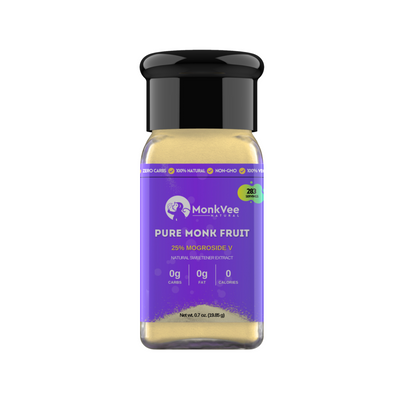
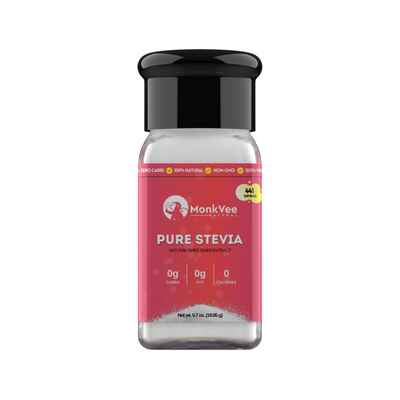
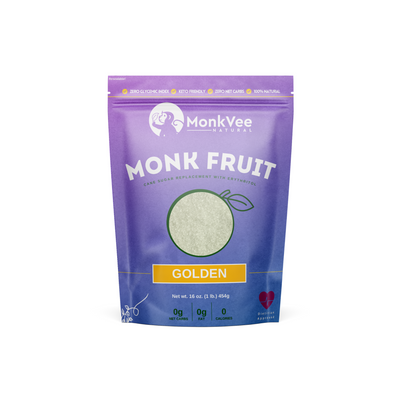
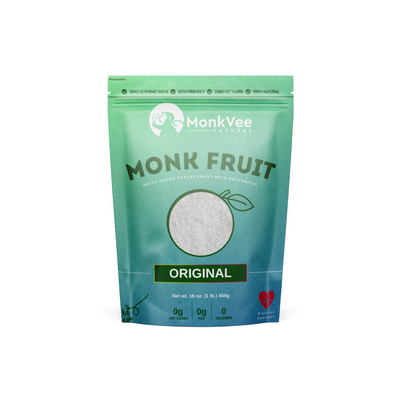
safe for diabetics, keto, weight-loss seekers.
Say goodbye to added sugar and lab-made artificial sweeteners.
No bitter aftertaste
Our products are high quality and 100% natural with no sneaky fillers or preservatives.
Our customers keep coming back for more. Why count calories when you can just ditch them!
MonkVee is founded by a type 1 diabetic and registered dietitian.
MonkVee sweeteners can be used in anything! See our recipe library for inspiration.
100% satisfaction guarantee or your money back, no questions asked

Ditching the sugar was never THIS easy!
Learn why millions of smart humans are ditching added sugar now
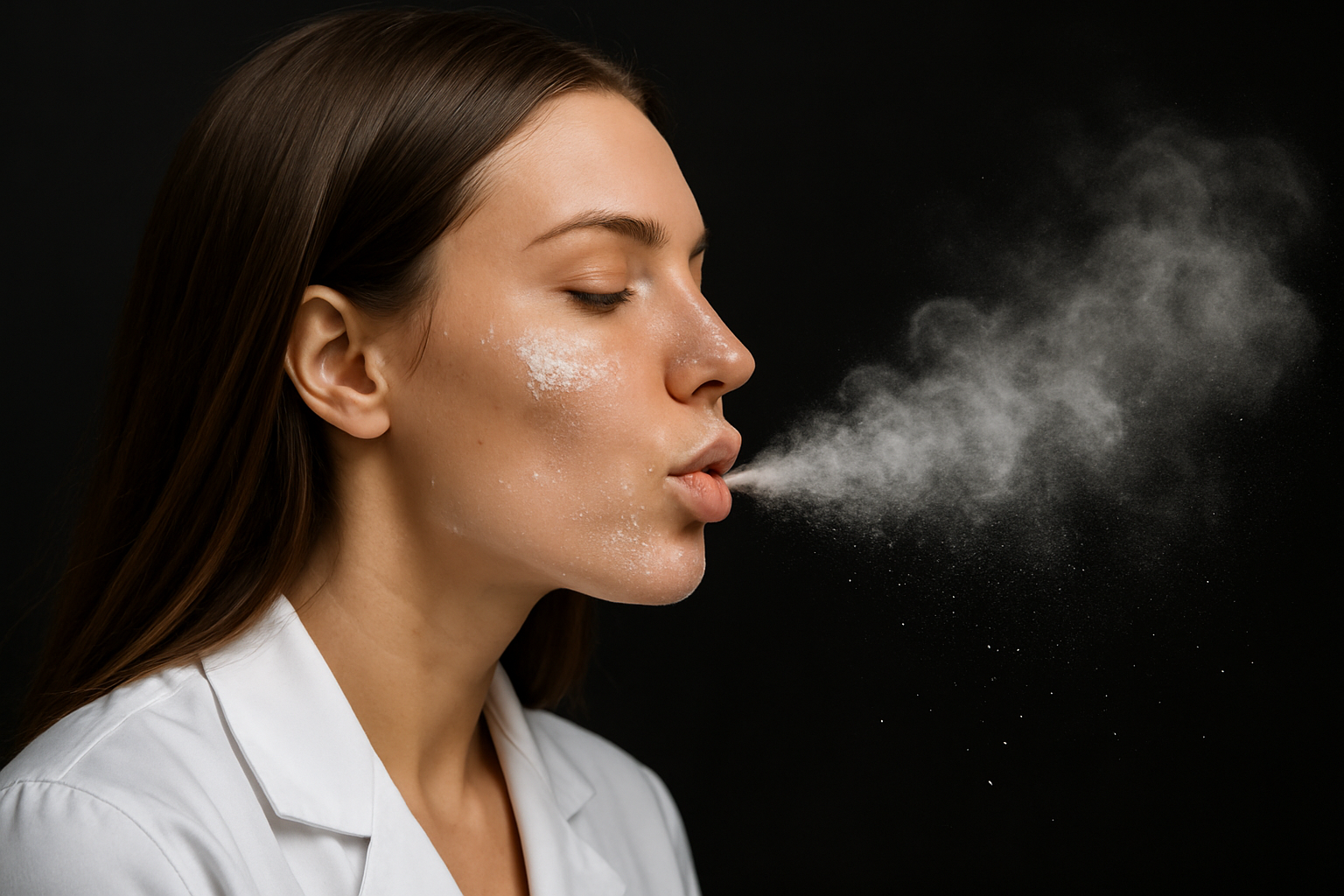

Cuts empty calories without losing satiety. Linked to reduced visceral fat (Harvard study). Prevents sugar spikes & crashes that fuel hunger
Prevents insulin spikes & crashes. Improves insulin sensitivity. Lowers Type 2 diabetes risk.
High sugar doubles risk of heart mortality. Improves cholesterol & lipid profiles. Reduces fatty liver risk.
Eliminates sugar highs and crashes. Reduces brain fog. Linked to lower rates of mood disorders
Reduces stress hormone imbalance. Improves hunger/satiety regulation. Supports women with PCOS (insulin-driven).
Lowers acne-causing inflammation. Prevents glycation (wrinkles, collagen damage). Reduces water retention & bloating. Sugar feeds cavity-causing bacteria. Cutting sugar reduces decay & gum disease.
Sugar weakens immune response. Cutting sugar reduces harmful bacteria & candida. Lowers risk of major chronic diseases. Linked to greater life expectancy.
High sugar impairs memory & focus. Alzheimer’s risk tied to “Type 3 diabetes” effect. Improves overall vitality & daily health. Lower risk of cognitive decline with reduced sugar intake
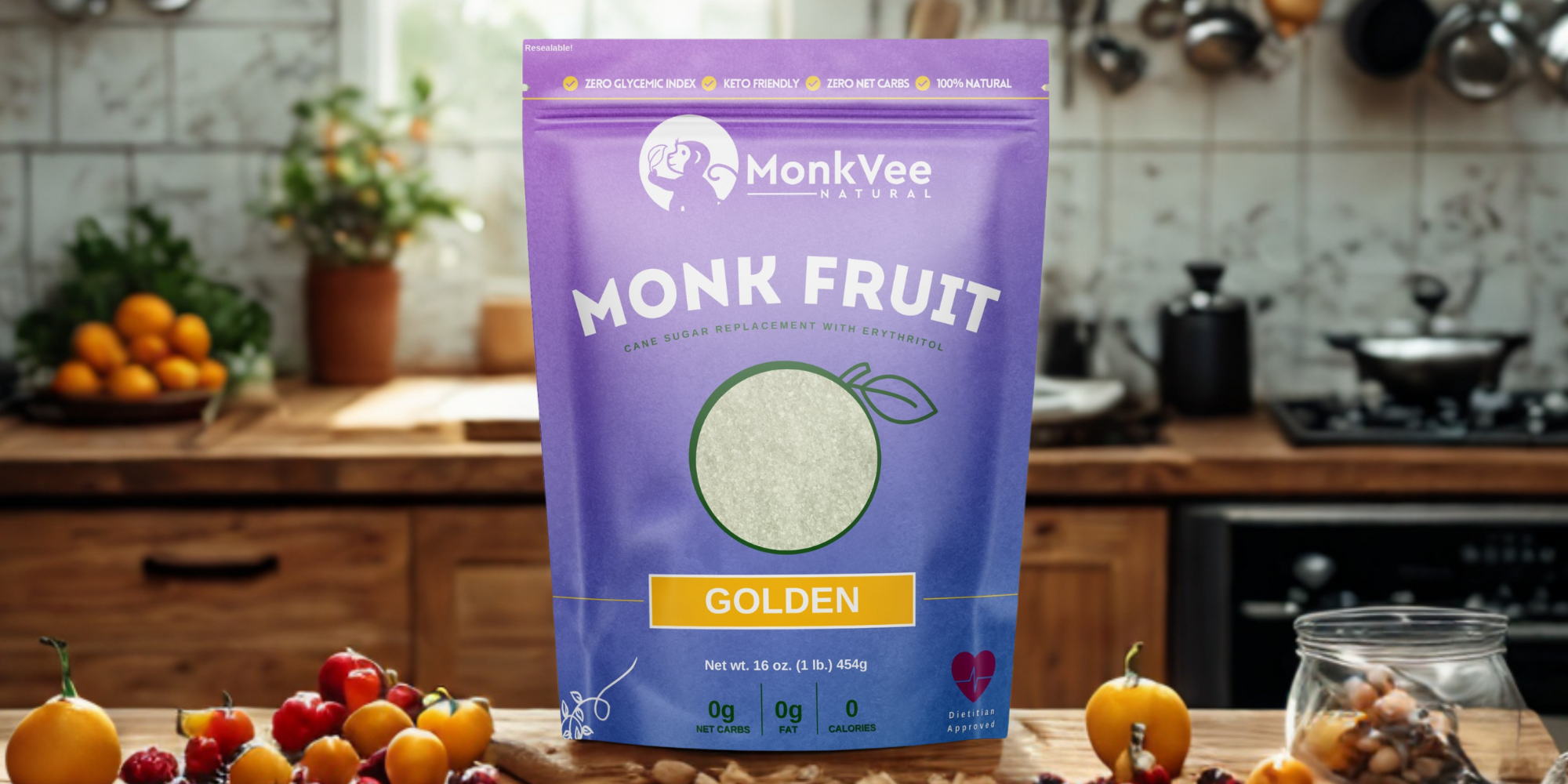
Welcome to the Sweet Life.
!